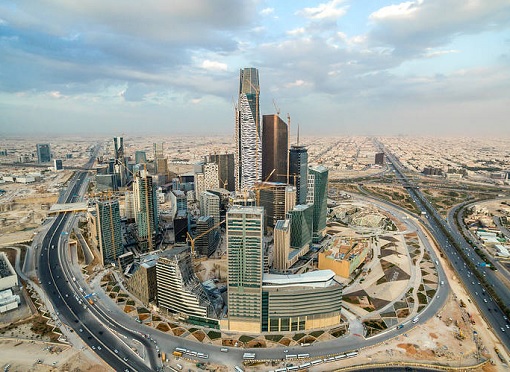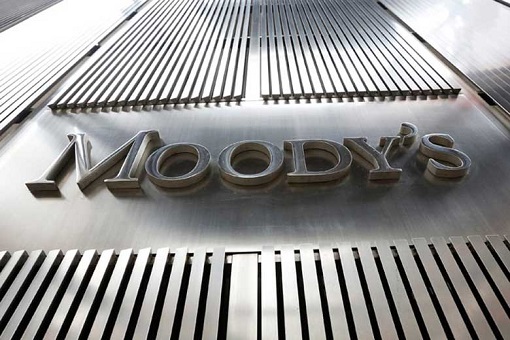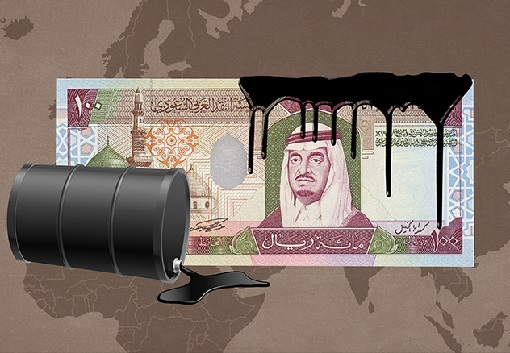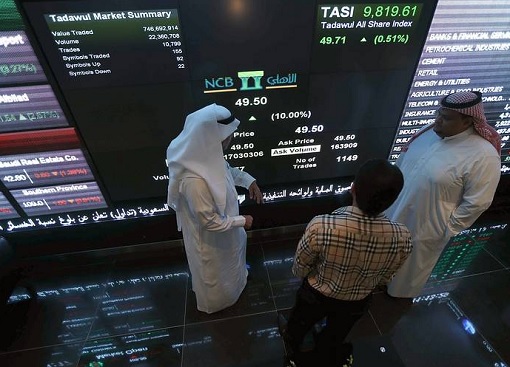There were some cheers when crude oil prices started moving north from below US$30 a barrel. It didn’t go any further than US$40 a barrel and has now retreated to below the figure. Nevertheless, nobody believes it could skyrocket at the same momentum it had tumbled though. And Moody’s isn’t impressed despite the jump from US$28 to US$40 a barrel within a month.
For more than a year, oil producing countries such as Russia, Venezuela, Malaysia and some OPEC countries has been suffering from low crude oil prices. Saudi Arabia was largely spared a sudden economic impact primarily due to its low production cost and high foreign reserves. But the kingdom couldn’t change their luxury lifestyle fast enough.

Last week, the super rich Saudi Arabia was reportedly seeking an international bank loan of a staggering US$6 billion to US$8 billion. Essentially, that would put the country in debt for the first time in 10 years. The kingdom’s coffers are draining fast, with its budget deficit reached almost US$100 billion last year.
Today (Wednesday), U.S. ratings agency Moody’s has no choice but to downgrade Saudi’s banking system from “stable” to “negative” due to two factors. First, Moody’s is expecting the crude oil to remain stubbornly low. Second, Saudi would be forced to cut its government’s spending which in turn would affect the banking industry.

One of Moody’s vice president, Olivier Panis, said – “We expect the operating environment for Saudi banks to weaken over the next 12-18 months. With the prospect of lower oil prices for longer and a 14% reduction in public spending in 2016, we believe that the credit risks across the system are rising.”
Moody’s also predicted Saudi’s real GDP (gross domestic product) growth to slow to 1.5% for 2016 and 2% for 2017 – well below the 3.4% growth of 2015. As a result, the agency has estimated loan growth to slow down to between 3% and 5% for 2016, down from 8% in 2015 and 12% the year before. Therefore, asset risk is expected to rise as a result of the deteriorating operating environment.

Moody’s had previously placed Saudi Arabia’s credit rating on review for a potential downgrade after rival ratings agency Standard & Poor’s last month lowered the country’s rating to A-minus due to the same reason – low oil prices. As of end of January, Saudi Arabia’s foreign reserves were reduced to around US$600 billion, a significant drop from its peak of US$750 billion.
Saudi Arabia’s three biggest banks – National Commercial Bank, Al Rajhi Bank and Samba Financial Group are primarily active in the domestic market. However, they rely mostly on government-related business and a strong economy in recent years to grow their balance sheets. Thus, when the government faces financial difficulties, naturally the banks would be dragged into a muddy situation.

On the bright side, Saudi banks should not face any risk of bankruptcy due to the simple fact that there aren’t any corporate taxes in the kingdom. There’s simply no reason for Saudi banks not to register any profits. The government is also expected to support the banking system although it’s unlikely the banks are not able to tackle non-performing loans, expected to increase to around 2.5% of total loans.
Other Articles That May Interest You …
- Sorry Najib, Saudi King Salman Can’t Help – These People Are Watching!!
- This Chart Shows Najib Regime Has Been Milking RON-95 Petro-Ringgit
- Move Over U.S. & New York, Now China & Beijing Have More Billionaires
- Did Najib Pawn & Drag Malaysian Soldiers Into Syrian War For RM2.6 Billion?
- Worst Is Over On Oil? Not So Fast – Here’s Why
- Soros – We’re About To See Something That Hasn’t Happened in “80 Years”
- 1 Salmon For 1 Barrel Of Oil, Anyone?
- Cheaper Than Water – This British Bank Thinks Oil Would Go To $10 / Barrel

|
|
March 16th, 2016 by financetwitter
|


|

|

|

|

|

|




























Comments
Add your comment now.
Leave a Reply